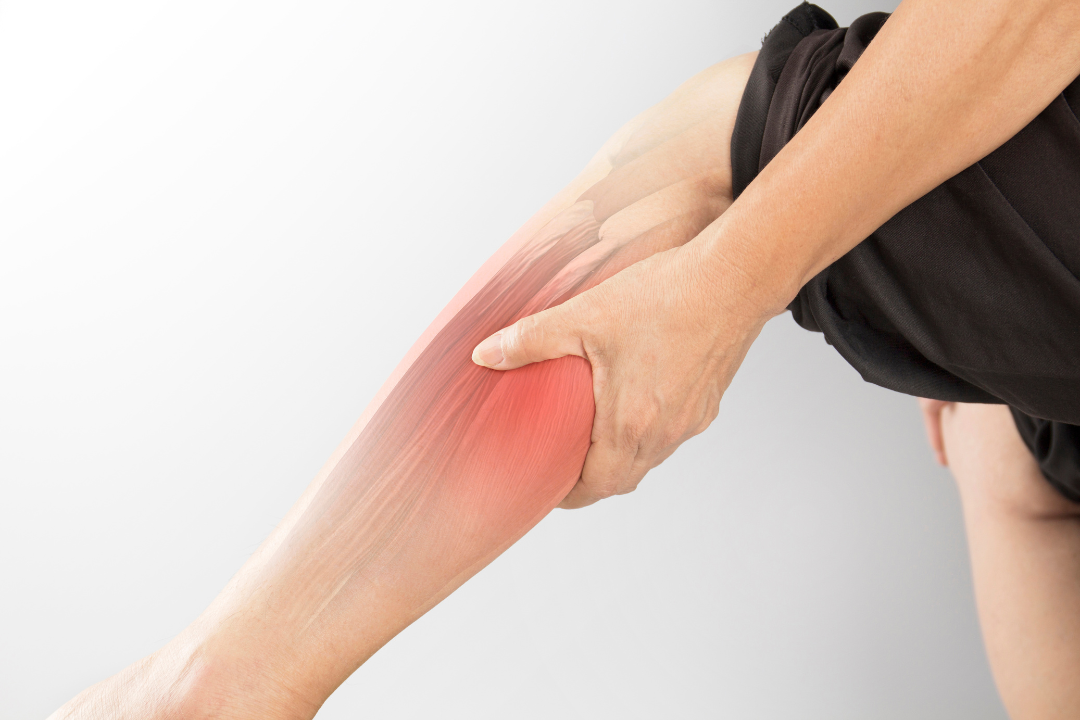What Does It Mean If I Have A Knot In My Muscle?
November 2, 2022

We all know the feeling of having a knot somewhere in our muscles, whether that’s in our calves, legs or elsewhere in our body. It’s that tender spot that you push down on and feel instant pain that often radiates around. Most people will try to massage it, or have a spouse help, but what actually is a knot, should we really be pushing down on it, and how should knots be treated and importantly prevented? Here’s the low down on what that knot actually is from Auckland’s leading podiatry team.
What is a ‘knot’ in my muscle?
Firstly to clear the air: having a knot does not mean that your muscle fibres have become physically knotted up, like how you and I imagine a sailing knot to look like. A knot is the name for a stiff muscle band where the long fibres that make up your muscles have spasmed and contracted, leading to a palpable lump beneath the skin. You’ll also hear this being called a trigger point, and if we’re getting technical, it’s defined as “a discrete hype-irritable focal spot located in a taut band of muscle”. These trigger points generally feel achy, tense, swollen, and when pressed, the pain tends to radiate through the surrounding area. This small, hard knot can form anywhere where there is skeletal muscle, and the muscle fibres start adhering to one another. It is very common for us to find knots in calf muscles when assessing foot or leg pain or an injury. Knots or trigger points can be classed into two stages: active or latent. Active trigger points can continue to cause you pain throughout the day with movement, whereas latent trigger points will only hurt when you press on them. It is not uncommon for latent knots to progress to active ones, and bring with it a great deal of discomfort for you.The effect of knots on your body
While knots aren’t pleasant on their own, depending on their location, they can also lead to other recurring problems. In podiatry, this means affecting the way that other muscles and joints function, due to the contracted (tight) state of other muscles. Further up the body, such as around the neck, knots can also lead to problems like tension headaches, which is why we never recommend ignoring them. Interestingly, statistics show that 97% of people with chronic pain have trigger points. Muscles with knots in them are also tight (due to their contracted nature) – and because of this reduced flexibility, it means that these muscles have a higher risk of tearing when placed under strain (overuse injuries) compared to a flexible muscle.Why did I develop knots?
We think it’s pretty safe to estimate that everyone will experience trigger points in their lifetime, but some people are more prone to getting them than others. A lot of the evidence points to overusing the muscles being a major risk factor, with other known risk factors including:- Poor posture and ergonomics, especially when sitting at work
- Stress, both mental and emotional
- Muscle tension
- Fatigue
- Nutritional imbalances and dehydration
- Other injuries and pains
